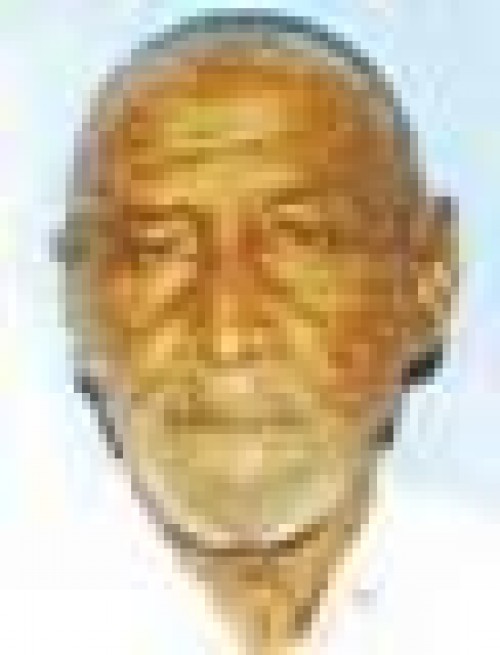
Summer Jade Duplantis
September 20, 2011
Alvin Harding Sr.
September 22, 2011The federal agency in charge of issuing domestic drilling permits and ensuring that safety standards and regulations are met by oil and gas operators tested for the first time since the BP Deepwater Horizon oil spill a hypothetical spill response as levied on a deepwater sub-sea well operated by Petrobas America.
Calling it a “table-top drill,” the Bureau of Ocean Energy Management, Regulation and Enforcement, along with the U.S. Coast Guard and the state of Louisiana, specifically tested Petrobras’ ability to assess a sub-sea well control situation and mobilize the proper sub-sea containment and intervention equipment in a timely manner.
Although a final evaluation is ongoing, the preliminary results of the drill were positive, according to BOEMRE. Michael Bromwich, the agency’s director, called it “a natural extension of our enhanced safety and environmental regulations and standards put in place following the Deepwater Horizon tragedy.”
“Testing an operator’s ability to activate its sub-sea containment resources is one very important tool,” Bromwich said in a press release. “The Spill Drill Program can help us validate that operators are appropriate trained in effective containment deployment.”
Following the oil spill last year, BOEMRE mandated that operators submit a response plan for a worst-case scenario blowout and be capable of containing the blowout with sub-sea equipment. This information is required before a company can receive a drilling permit.
The Unannounced Spill Drill Program was initiated in 1989.
The program tests an operator’s decision-making and ability to notify the appropriate entities and personnel, including federal regulatory agencies, affect state and local agencies, internal response coordinators and response contractors.
Fictitious weather conditions are provided to produce a hypothetical trajectory of the spill.
The operator and well location for testing is chosen based on the number of oil producing facilities, the volume of oil production and proximity to sensitive areas.





